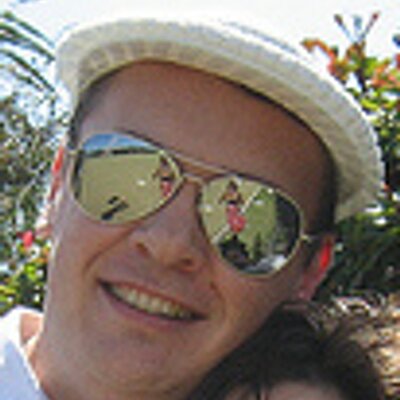
Computer Science from the Bottom Up
This book aims to teach computer science from the bottom up, working from operating systems fundamentals through to how those applications are compiled and executed.
Publication date: 01 Jan 2016
ISBN-10: n/a
ISBN-13: n/a
Paperback: 205 pages
Views: 15,129
Type: Book
Publisher: n/a
License: Creative Commons Attribution-ShareAlike 3.0 Unported
Post time: 10 May 2016 04:00:00
Computer Science from the Bottom Up
 This book aims to teach computer science from the bottom up, working from operating systems fundamentals through to how those applications are compiled and executed.
This book aims to teach computer science from the bottom up, working from operating systems fundamentals through to how those applications are compiled and executed.
Publication date: 01 Jan 2016
ISBN-10: n/a
ISBN-13: n/a
Paperback: 205 pages
Views: 15,129
Document Type: Book
Publisher: n/a
License: Creative Commons Attribution-ShareAlike 3.0 Unported
Post time: 10 May 2016 04:00:00
Share — copy and redistribute the material in any medium or format
Adapt — remix, transform, and build upon the material for any purpose, even commercially.
The licensor cannot revoke these freedoms as long as you follow the license terms.
Click here to read the full license.
Ian Wienand wrote:In a nutshell, what you are reading is intended to be a shop class for computer science. Young computer science students are taught to "drive" the computer; but where do you go to learn what is under the hood? Trying to understand the operating system is unfortunately not as easy as just opening the bonnet. The current Linux kernel runs into the millions of lines of code, add to that the other critical parts of a modern operating system (the compiler, assembler and system libraries) and your code base becomes unimaginable. Further still, add a University level operating systems course (or four), some good reference manuals, two or three years of C experience and, just maybe, you might be able to figure out where to start looking to make sense of it all.
To keep with the car analogy, the prospective student is starting out trying to work on a Formula One engine without ever knowing how a two stroke motor operates. During their shop class the student should pull apart, twist, turn and put back together that two stroke motor, and consequentially have a pretty good framework for understanding just how the Formula One engine works. Nobody will expect them to be a Formula One engineer, but they are well on their way!
Tweet
About The Author(s)
Ian Wienand was a student at The University of New South Wales. He worked for the man briefly before moving to be a research assistant at Gelato@UNSW, where he ended up doing his masters. He then worked for VMware and now works for Red Hat.

Ian Wienand was a student at The University of New South Wales. He worked for the man briefly before moving to be a research assistant at Gelato@UNSW, where he ended up doing his masters. He then worked for VMware and now works for Red Hat.